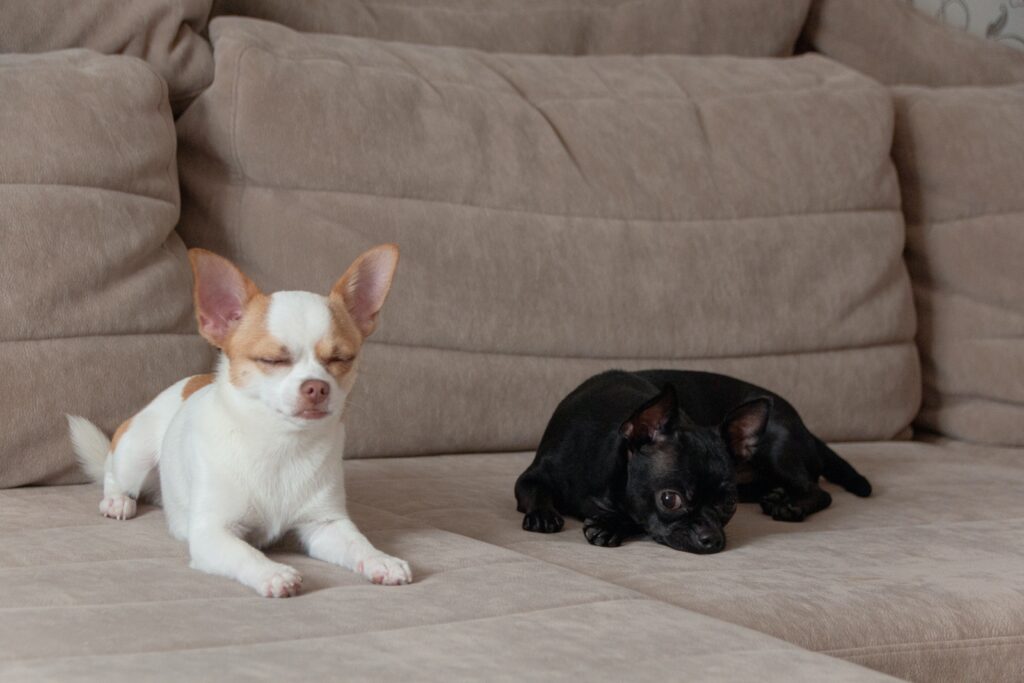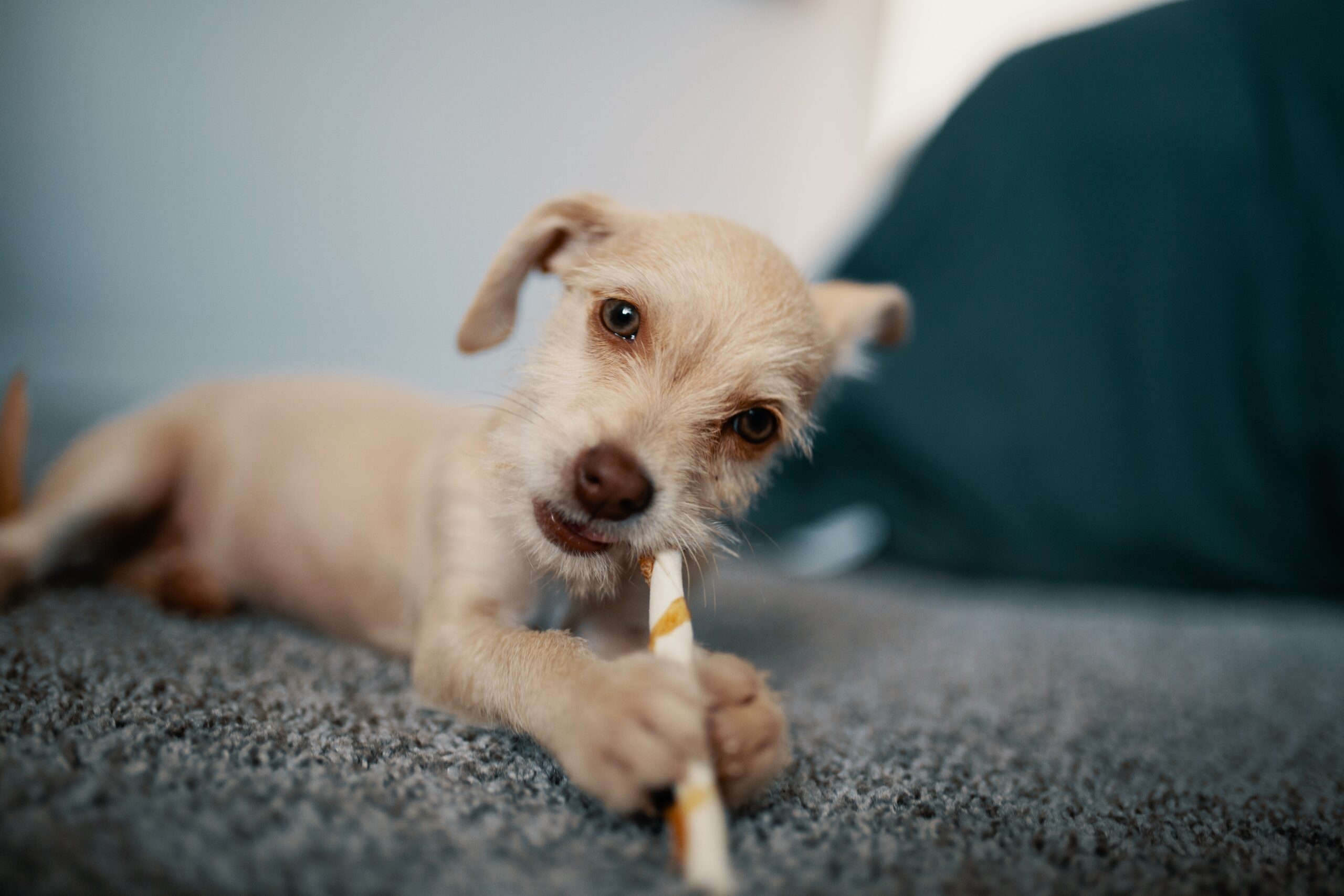Do you want your pup to be the envy of all their furry friends? Are you looking for a way to help them become the best-behaved pup on the block? Well, look no further! We’ve got some great tips and tricks that can help your four-legged friend become the picture-perfect pooch. Believe it or not, training your pup doesn’t have to be an overwhelming experience; in fact, with a little patience and compassion, it can be quite enjoyable. So sit back, relax, and let us guide you through teaching your pup how to behave like a champ!
Establishing a Training Routine
Ready to get your pup on the path to good behavior? Establishing a regular training routine is the key! Consistency and positive reinforcement are essential for success. Reward your pup when they do something right and be sure to use incentives, like treats
or praise, to encourage them. Training should also be fun for both of you! Make sure you stay patient with your pup, even if they don’t understand the commands right away. Be compassionate but firm, and remember that some days will require more patience than others. With regular practice, consistency, and rewarding incentives, you’ll soon have a well-behaved pup who loves learning new things.
Understanding Your Dog’s Learning Style
Unlock your pup’s potential and discover their learning style to make them the star on the street! Every dog has a different way of taking in information. Understanding yours’ is key to successful training. Start by observing how they process new information or tasks, paying attention to what motivates them. Some dogs may respond best to verbal cues while others may need more physical guidance. Modifying cues based on their learning style can help ensure consistency which you should always reward with treats or praise. Through patience and understanding, you’ll be able to unlock your pup’s full potential and make them the best-behaved pet on the block!
Using Positive Reinforcement
By using positive reinforcement, you can help your furry friend thrive! With a few treats and lots of love, you’ll be able to open the door to success. Reward-based training is an effective way to motivate your pup and build trust between the two of you. This method involves providing rewards for desirable behaviors, such as verbal cues or good habits. It’s important to remember that consistency is key; give rewards in equal measure for each desired behavior. Showing kindness and patience are also essential components in positive reinforcement training. When your pup does something right, be sure to give them plenty of praise – they’ll appreciate it! And if they make a mistake, try not to scold them too harshly; instead use gentle reminders and redirect
their attention elsewhere. Positive reinforcement is an effective tool which will benefit both you and your pup – so get started today!
Introducing New Commands
Introducing new commands is an important part of your pup’s training and it’s key to ensure they understand them quickly. It’s helpful for you to identify what triggers them so you can create cues. As the trainer, be patient and compassionate as you encourage your pup. Speak in a language that expresses the love and connection between you two. Guide your pup through positive reinforcement techniques like rewarding good behavior or redirecting their attention when negative actions occur. Be consistent with the commands and reward appropriately for a job well done!
Setting Boundaries
It’s important to set boundaries for your pup so they know what is expected of them. Establishing clear guidelines will help reinforce good behavior and give your pup the structure they need to thrive. Redefining rules and enforcing consequences can be difficult, but are necessary steps in helping your pup understand their limits. When setting boundaries, it’s important to remain patient and compassionate, while still being firm. Explain why certain behaviors or actions are not acceptable rather than just issuing commands without context. This will provide them with a better understanding of why these rules exist and help them learn more effectively. With frequent practice and consistency, you can help create an environment where your pup feels safe and secure while also feeling respected by those around them.

Socializing Your Dog
Getting your dog used to being around others can be a fun and rewarding experience for both you and your pup. Start by introducing them to people in a calm and positive atmosphere, allowing them time to smell and interact with each other at their own pace. Interacting with other dogs is also important, so take them outside on walks or to the park to meet new furry friends. Reward any good behavior they show when coming into contact with someone new, such as sitting calmly or staying near you instead of running away. With patience and consistency, you’ll soon have a pup who’s confident enough to socialize with others!
Troubleshooting Common Problems
Sometimes even the most loving and loyal pups can run into issues when socializing with others; troubleshooting these common problems can be tricky, but it’s worth it! Teaching patience and setting expectations for your pup will help create an environment that fosters good behavior. Start by setting realistic goals for your pup—small successes are key to building up their confidence. Watch how your pup interacts with new people and other animals, and be sure to intervene if things start to get out of hand. You may need to remind them of boundaries by redirecting their attention or providing a gentle correction. Above all, remain patient and compassionate—your pup is doing their best! With consistency and love, you’ll soon have the best-behaved pup on the block.
Conclusion
To be successful in training your pup, you need to have a lot of patience, dedication, and compassion. With the right approach and attitude, you can make sure your dog is the best-behaved pet on the block! Research shows that dogs are as intelligent as two-year-old children—so with a bit of consistent guidance and positive reinforcement, your pup will soon get the hang of it. Once you’ve established yourself as the leader of the pack, you’ll be able to give your dog all the love and attention they deserve.
